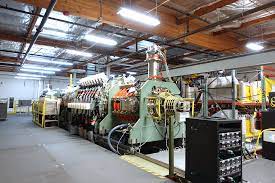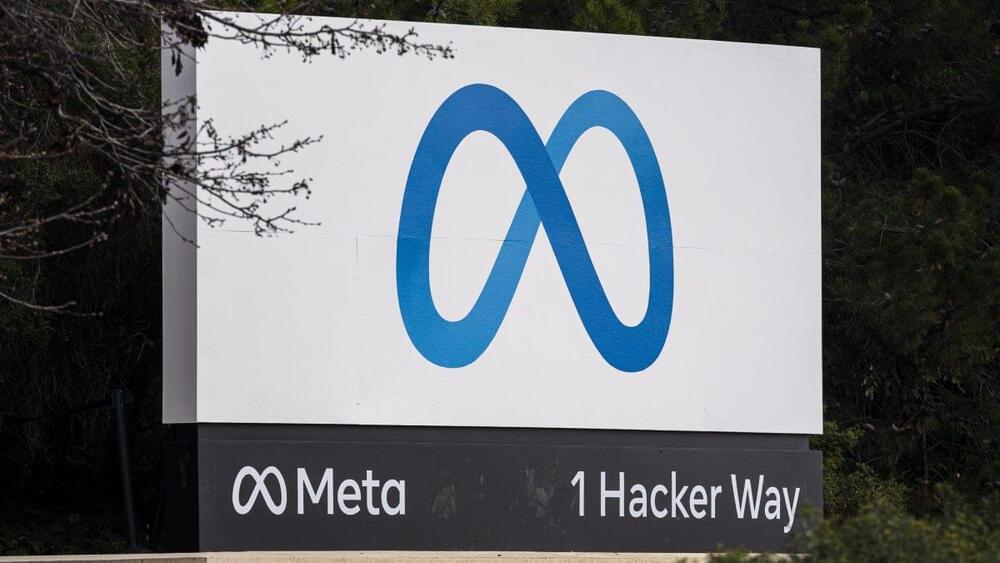(https://isbscience.org/bio/leroy-hood/) is Co-Founder, Chief Strategy Officer and Professor, at the Institute of Systems Biology (ISB) in Seattle, as well as CEO of Phenome Health (https://phenomehealth.org/), a nonprofit organization dedicated to delivering value through health innovation focused on his P4 model of health (Predictive, Preventive, Personalized and Participatory) where a patient’s unique individuality is acknowledged, respected, and leveraged for the benefit of everyone.
Dr. Hood, who is a world-renowned scientist and recipient of the National Medal of Science in 2011, co-founded the Institute for Systems Biology (ISB) in 2000 and served as its first President from 2000–2017. In 2016, ISB affiliated with Providence St. Joseph Health (PSJH) and Dr. Hood became PSJH’s Senior Vice President and Chief Science Officer.
Dr. Hood is a member of the National Academy of Sciences, the National Academy of Engineering, and the National Academy of Medicine. Of the more than 6,000 scientists worldwide who belong to one or more of these academies, Dr. Hood is one of only 20 people elected to all three.
Dr. Hood received his MD from Johns Hopkins University School of Medicine and his PhD in biochemistry from Caltech.
Dr. Hood was a faculty member at Caltech from 1967–1992, serving for 10 years as the Chair of Biology. During this period, he and his colleagues developed four sequencer and synthesizer instruments that paved the way for the Human Genome Project’s successful mapping and understanding of the human genome. He and his students also deciphered many of the complex mechanisms of antibody diversification.
In 1992, Dr. Hood founded and chaired the Department of Molecular Biotechnology at the University of Washington, the first academic department devoted to cross-disciplinary biology.





